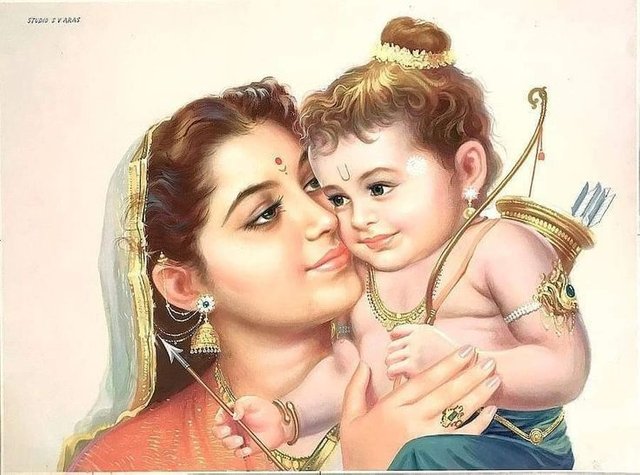Sure, here's some more information about the Balakanda of the Ramcharitmanas:
The Balakanda is divided into several chapters and contains the story of Lord Rama's birth, childhood and early adventures. It begins with the poet Tulsidas invoking the blessings of Lord Ganesha, the Hindu deity of wisdom, before starting his narration.
The Balakanda describes how King Dasharatha of Ayodhya performed a yagna (a Vedic ritual) to obtain a son. As a result of the yagna, the gods granted him four sons - Rama, Bharata, Lakshmana and Shatrughna. The chapter also tells the story of the divine sage Vishvamitra taking Rama and Lakshmana under his tutelage and the boys' subsequent adventures, including the slaying of the demoness Tataka and the encounters with the demon Maricha and the demoness Surpanakha.
The Balakanda also narrates the story of Rama's marriage to Sita, the daughter of King Janaka of Mithila. It describes how Rama won Sita's hand in marriage by successfully bending the bow of Lord Shiva during a competition held by King Janaka. The chapter also tells the story of how Rama, Sita and Lakshmana went into exile for fourteen years, as a result of a conspiracy by Kaikeyi, one of King Dasharatha's queens.
Throughout the Balakanda, Tulsidas emphasizes the importance of dharma (righteousness), truthfulness and devotion to God. The chapter also contains many hymns and prayers in praise of Lord Rama and other deities.
Overall, the Balakanda sets the stage for the rest of the Ramcharitmanas and provides an introduction to the main characters and themes of the epic. It is a rich source of spiritual and cultural knowledge and continues to be revered by millions of people around the world.
